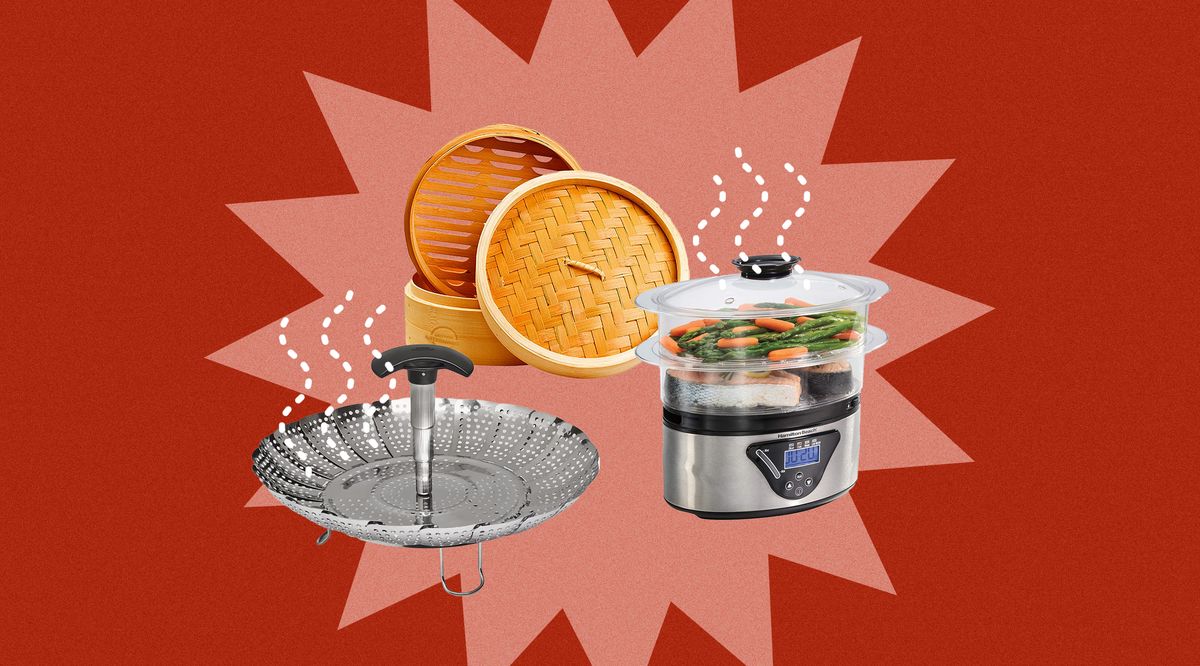

Articles
What Is A Food Steamer
Modified: January 8, 2024
Discover the benefits of using a steamer for articles. Save time and effort while achieving professional results. Enhance your writing process with ease.
(Many of the links in this article redirect to a specific reviewed product. Your purchase of these products through affiliate links helps to generate commission for Storables.com, at no extra cost. Learn more)
Introduction
A steamer is a versatile kitchen appliance that uses the power of steam to cook, sanitize, and refresh various types of food items and fabrics. With its ability to generate steam quickly and efficiently, a steamer has become a popular tool among home cooks, chefs, and individuals looking for a convenient and healthy way to prepare meals.
In this article, we will explore the world of steamers, including their definition, how they work, their applications, the benefits of using them, the different types available, factors to consider when purchasing one, and tips for their maintenance and care.
So, let’s dive in and uncover the secrets behind this incredible kitchen appliance!
Key Takeaways:
- Steamers are versatile appliances that offer a healthy and efficient way to cook, sanitize, and refresh food items and fabrics. They retain natural flavors, nutrients, and textures, making them indispensable in modern households and professional settings.
- Using a steamer provides numerous benefits, including healthier cooking, convenience, time-saving, and eco-friendly operations. Whether for cooking or garment care, steamers offer versatility and efficiency, making them a valuable addition to any kitchen or laundry routine.
Read more: What Is The Best Food Steamer
Definition of a Steamer
A steamer, also known as a food steamer or garment steamer, is a device that utilizes the process of steaming to cook or refresh various items. It consists of a water reservoir, a heating element, and a steam basket or nozzle.
When using a food steamer, it typically involves placing the desired food items, such as vegetables, seafood, or poultry, in a steam basket or tray within the steamer. As the water heats up, it creates steam, which circulates around the food, cooking it gently and evenly. This cooking method is widely preferred due to its ability to retain the natural flavors, nutrients, and vibrant colors of the foods.
On the other hand, a garment steamer is designed to remove wrinkles and freshen up fabric without the need for an iron and ironing board. By generating bursts of steam, it helps to relax the fibers in clothing, curtains, or upholstery, enabling them to regain their smooth and wrinkle-free appearance.
Steamers come in a variety of sizes and designs, including countertop models for cooking, handheld steamers for clothing, and steamers specifically for commercial use. Some modern steamers even come with additional features like timers, temperature controls, and preset modes for convenient use.
Overall, steamers are versatile appliances that offer a healthy and efficient way to prepare food and maintain the appearance of fabrics. Their simplicity and effectiveness make them indispensable in modern households and professional settings.
How Steamers Work
Steamers work on a simple principle of converting water into steam, which is then used for cooking or refreshing items. Let’s take a closer look at how steamers work:
- Water Reservoir: The steamer consists of a water reservoir where you add the required amount of water. This reservoir is typically located at the base of the steamer.
- Heating Element: Once the steamer is turned on, the heating element inside the device begins to warm up. The heat generated by the heating element is what converts the water into steam.
- Steam Generation: As the water heats up, it starts to evaporate, creating steam. The steam then rises and accumulates in the steaming chamber.
- Steam Distribution: Depending on the type of steamer, the steam is either dispersed through a steam basket or nozzle. In a food steamer, the steam is distributed through the steam basket or tray containing the food. In a garment steamer, the steam is released through a nozzle that can be directed onto the fabric.
- Cooking or Refreshing: The generated steam surrounds the food in a food steamer or comes into contact with the fabric in a garment steamer. The steam gently cooks or refreshes the items, providing heat and moisture without direct contact.
This process is highly efficient, as steam is able to transfer heat quickly and evenly to the items being cooked or refreshed. It helps to preserve the natural flavors, textures, and colors of food, while also removing wrinkles and freshening up fabric without causing any damage.
Steamers offer a safe and convenient way to cook and refresh a wide range of items. Whether you want to steam vegetables, seafood, poultry, or freshen up your curtains, clothing, or upholstery, a steamer can serve as your go-to appliance.
Applications of Steamers
Steamers have a wide range of applications and can be used in various settings, including homes, restaurants, and commercial kitchens. Let’s explore some of the popular applications of steamers:
- Cooking: One of the primary applications of steamers is for cooking food. Steamers are excellent at cooking a variety of items, such as vegetables, seafood, poultry, and grains. Steam cooking helps to preserve the natural flavors, nutrients, and textures of the food while minimizing the need for added fats or oils. Whether you want to steam a colorful medley of vegetables for a healthy side dish or prepare perfectly tender fish fillets, a steamer is a versatile tool in the kitchen.
- Sanitizing: Steamers are also useful for sanitizing items in both residential and commercial settings. The high temperature of steam helps to kill bacteria, germs, and allergens, making it an effective tool for sanitizing kitchen utensils, baby bottles, toys, and other household items. In restaurants and food establishments, steamers are often used to sanitize cutting boards, prep tables, and food handling equipment.
- Garment Refreshing: Garment steamers are specifically designed to refresh clothing, curtains, and upholstery. They can remove wrinkles, eliminate odors, and rejuvenate fabric by applying bursts of steam. This makes them an ideal choice for quickly freshening up clothes before wearing them or giving them a quick touch-up between washes.
- Home Cleaning: Steamers can also be used for deep cleaning various surfaces in the home. The high-temperature steam helps to loosen dirt, grease, and grime, making it easier to wipe away. Steamers can be used to clean kitchen countertops, bathroom tiles, windows, and even sanitize mattresses and upholstery.
- Professional Use: In commercial settings such as restaurants, hotels, and catering services, steamers are essential for efficient food preparation. They can handle large quantities of food, making them indispensable for steaming vegetables, seafood, and other ingredients in bulk. Steamers are also used in professional laundry services to remove wrinkles and freshen up various linens and garments.
With their versatility and multiple applications, steamers have become a must-have appliance in many households and professional kitchens. Whether you need to cook healthy meals, sanitize items, refresh clothing, or deep clean surfaces, a steamer can make these tasks easier and more convenient.
Benefits of Using a Steamer
Using a steamer offers numerous benefits compared to traditional cooking methods or garment care techniques. Let’s explore some of the advantages of using a steamer:
- Healthier Cooking: Steaming food helps to retain more nutrients compared to boiling or frying. By cooking with steam, you can preserve the natural vitamins, minerals, and antioxidants present in the food, ensuring a healthier and more nutritious meal.
- Enhanced Flavor and Texture: Steaming allows food to retain its natural flavors and textures. Unlike boiling, where the food can become waterlogged, or frying, where it can become greasy, steaming keeps the food moist, tender, and delicious.
- Convenience: Steamers are incredibly convenient to use. With just a few simple steps, you can have a perfectly cooked meal ready in no time. Additionally, steamers often come with timers or preset modes, allowing you to set it and forget it until your food is done.
- Time-Saving: Unlike other cooking methods that require constant monitoring and stirring, steamers allow you to multitask in the kitchen. You can prepare other dishes or attend to other chores while your food is steaming, saving you time and effort.
- Eco-Friendly: Steamers are eco-friendly as they require less water compared to boiling and reduce the need for oils or fats in cooking. They also produce minimal waste, making them a greener option in the kitchen.
- Quick Garment Refreshing: Garment steamers provide a quick and efficient way to refresh clothing. Instead of spending time ironing and setting up an ironing board, you can use a steamer to quickly remove wrinkles and creases from your garments, saving you time and energy.
- No Damage to Fabrics: Steamers are gentle on fabrics, making them safe to use on delicate materials that may be damaged by traditional ironing. They help to relax the fibers and remove wrinkles without causing any harm to the fabric.
- Versatility: Steamers offer versatility in their applications. Not only can you use them for cooking, but you can also sanitize items, clean surfaces, and refresh upholstery and curtains. This versatility makes them a valuable tool for various tasks around the house.
Overall, using a steamer provides several benefits, including healthier cooking, convenience, time-saving, and eco-friendly operations. Whether you’re a food enthusiast, a busy professional, or someone who values convenience and efficiency, a steamer is an excellent addition to your kitchen or laundry routine.
When using a steamer, make sure to preheat it before adding your food to ensure even and efficient cooking. This will help to maintain the food’s texture and flavor.
Read more: What Is A Steamer Clam
Types of Steamers
Steamers come in various types and designs, each catering to different needs and preferences. Let’s explore some common types of steamers available in the market:
- Traditional Steamer Baskets: These are the most basic and commonly used steamers. They consist of stackable baskets made from bamboo, stainless steel, or silicone. The food is placed in the baskets, and they are then stacked on top of each other. The steam rises from the boiling water below, cooking the food sitting in the baskets. Traditional steamer baskets are versatile and can be used on the stovetop or in an electric steamer appliance.
- Electric Food Steamers: Electric food steamers are standalone appliances designed specifically for cooking various food items with steam. They have multiple compartments or tiers where different types of food can be steamed simultaneously. Electric steamers often come with preset cooking modes, timers, and temperature controls, providing convenience and ease of use.
- Countertop Steam Ovens: Steam ovens are more advanced steamers that combine steam cooking with conventional oven capabilities. They can steam, bake, roast, and broil, offering a versatile cooking experience. Steam ovens are larger appliances that may require a dedicated space in the kitchen.
- Handheld Garment Steamers: These compact steamers are specifically designed for refreshing and removing wrinkles from clothing. They are easy to use, lightweight, and portable, making them ideal for travel or quick touch-ups on the go. Handheld garment steamers come with a water reservoir and a steam nozzle for efficient wrinkle removal.
- Professional Garment Steamers: Professional garment steamers are larger and more powerful than handheld models. They are designed for commercial usage, such as in retail stores, hotels, or professional laundry services. These steamers have larger water tanks and higher steam output to cater to heavier use and larger quantities of clothing.
It is important to consider your specific needs and preferences when choosing a steamer. Factors such as the types of food you cook, the quantity you typically prepare, and the space available in your kitchen or laundry area will help determine the most suitable type of steamer for you.
Each type of steamer offers its own set of advantages and features, so it’s worth exploring different options to find the one that best fits your needs and lifestyle.
Factors to Consider When Purchasing a Steamer
When looking to purchase a steamer, there are several factors to consider to ensure you choose the right one for your needs. Let’s explore some key factors to keep in mind:
- Type of Steamer: Consider the type of steamer that best suits your requirements. Are you looking for a food steamer for cooking, a garment steamer for refreshing clothes, or a versatile steam oven that combines multiple cooking functions?
- Capacity: Determine the capacity you need based on the quantity of food or clothes you typically steam. Larger families or those who entertain frequently may require a steamer with multiple tiers or compartments to accommodate larger quantities.
- Controls and Features: Look for steamers with user-friendly controls, such as digital displays, timers, and preset cooking modes. These features can provide convenience and ensure ease of use.
- Size and Space: Consider the available space in your kitchen or laundry area. If you have limited counter or storage space, opt for a compact or handheld steamer that can be easily stored or a steam oven that fits your kitchen layout.
- Construction and Durability: Look for steamers made from high-quality materials that ensure durability and longevity. Stainless steel or silicone steamers are often more durable and resistant to heat and stains.
- Ease of Cleaning: Consider the ease of cleaning the steamer. Look for models with removable parts that are dishwasher-safe or easy to clean by hand. Steamers with non-stick surfaces or steam baskets that are easy to clean can save you time and effort.
- Power and Performance: Check the power and steam output of the steamer. Higher wattage models tend to generate steam faster and provide better performance. Read reviews or seek recommendations to ensure the steamer offers efficient and consistent steaming results.
- Brand Reputation: Research and choose steamers from reputable brands known for their quality and customer satisfaction. Brands with a good track record often provide reliable products and offer excellent customer support.
- Price: Set a budget and consider the price range of steamers that meet your requirements. Compare features and prices to find the best value for your money.
By considering these factors, you can narrow down your options and make an informed decision when purchasing a steamer. Remember to prioritize your specific needs and preferences to find a steamer that perfectly suits your lifestyle and cooking or garment care requirements.
Maintenance and Care for Steamers
Proper maintenance and care are essential to ensure the longevity and optimal performance of your steamer. Here are some important tips to keep in mind:
- Cleaning: Regularly clean your steamer to prevent the buildup of scale, residue, or food particles. Follow the manufacturer’s instructions for cleaning the water reservoir, steam basket or nozzle, and any removable parts. Use mild soap or vinegar solution for descaling and avoid using harsh abrasives or chemicals that may damage the steamer.
- Empty and Dry: After each use, empty the water reservoir to prevent any standing water from causing mold or bacterial growth. Allow the steamer to dry thoroughly before storage to avoid any unpleasant odors or damage.
- Descaling: Over time, mineral deposits may accumulate in the steamer, affecting its performance. Descaling removes these deposits and ensures proper steam generation. Follow the manufacturer’s recommendations for descaling frequency and use suitable descaling products or natural solutions like vinegar or lemon juice.
- Storage: Store your steamer in a clean and dry place, free from dust and excessive moisture. Ensure all parts are dry and properly stored to prevent any damage or mold growth. If your steamer has a cord, make sure to wrap it neatly to avoid any tangles or damage.
- Avoid Overfilling: Follow the recommended water level guidelines specified by the manufacturer. Overfilling the water reservoir may lead to leakage or improper steam generation.
- Handle with Care: Be gentle when handling the steamer, especially the steam nozzle or baskets. Avoid using metal utensils that may scratch or damage the steamer’s surfaces. Use oven mitts or pot holders to protect your hands when handling hot parts.
- Regular Inspections: Periodically inspect your steamer for any signs of damage, wear, or malfunction. If you notice any issues, discontinue use and contact the manufacturer or a qualified technician for assistance.
- Follow Manufacturer’s Instructions: It is important to read and follow the manufacturer’s instructions and recommendations provided with your steamer. This ensures that you are using the appliance correctly and in accordance with the manufacturer’s guidelines.
By following these maintenance and care tips, you can keep your steamer in optimal condition and prolong its lifespan. Regular cleaning and proper storage will contribute to the efficient performance of your steamer, allowing you to enjoy its benefits for years to come.
Conclusion
Steamers have revolutionized the way we cook and care for our garments. These versatile appliances harness the power of steam to provide healthy, convenient, and efficient solutions in the kitchen and laundry room.
From cooking nutritious meals to sanitizing items and refreshing clothing, steamers offer numerous benefits. They help to retain the natural flavors and nutrients in food, providing a healthier cooking alternative. Garment steamers eliminate the need for ironing and provide a quick and effective way to remove wrinkles, refresh fabric, and maintain the appearance of clothing.
When purchasing a steamer, it’s important to consider factors such as the type, capacity, controls, size, and durability. Research reputable brands, compare prices, and choose a steamer that fits your specific needs and budget.
To ensure optimal performance and longevity, proper maintenance and care are essential. Regular cleaning, descaling, and storage in a clean and dry area will help keep your steamer in excellent condition. It’s also crucial to follow the manufacturer’s instructions and regularly inspect your steamer for any signs of damage or malfunction.
Whether you’re a cooking enthusiast, a busy professional, or someone who values convenience and efficiency, a steamer is a fantastic addition to your kitchen or laundry routine. So, why wait? Start steaming your way to healthier meals and wrinkle-free clothing today!
Frequently Asked Questions about What Is A Food Steamer
Was this page helpful?
At Storables.com, we guarantee accurate and reliable information. Our content, validated by Expert Board Contributors, is crafted following stringent Editorial Policies. We're committed to providing you with well-researched, expert-backed insights for all your informational needs.
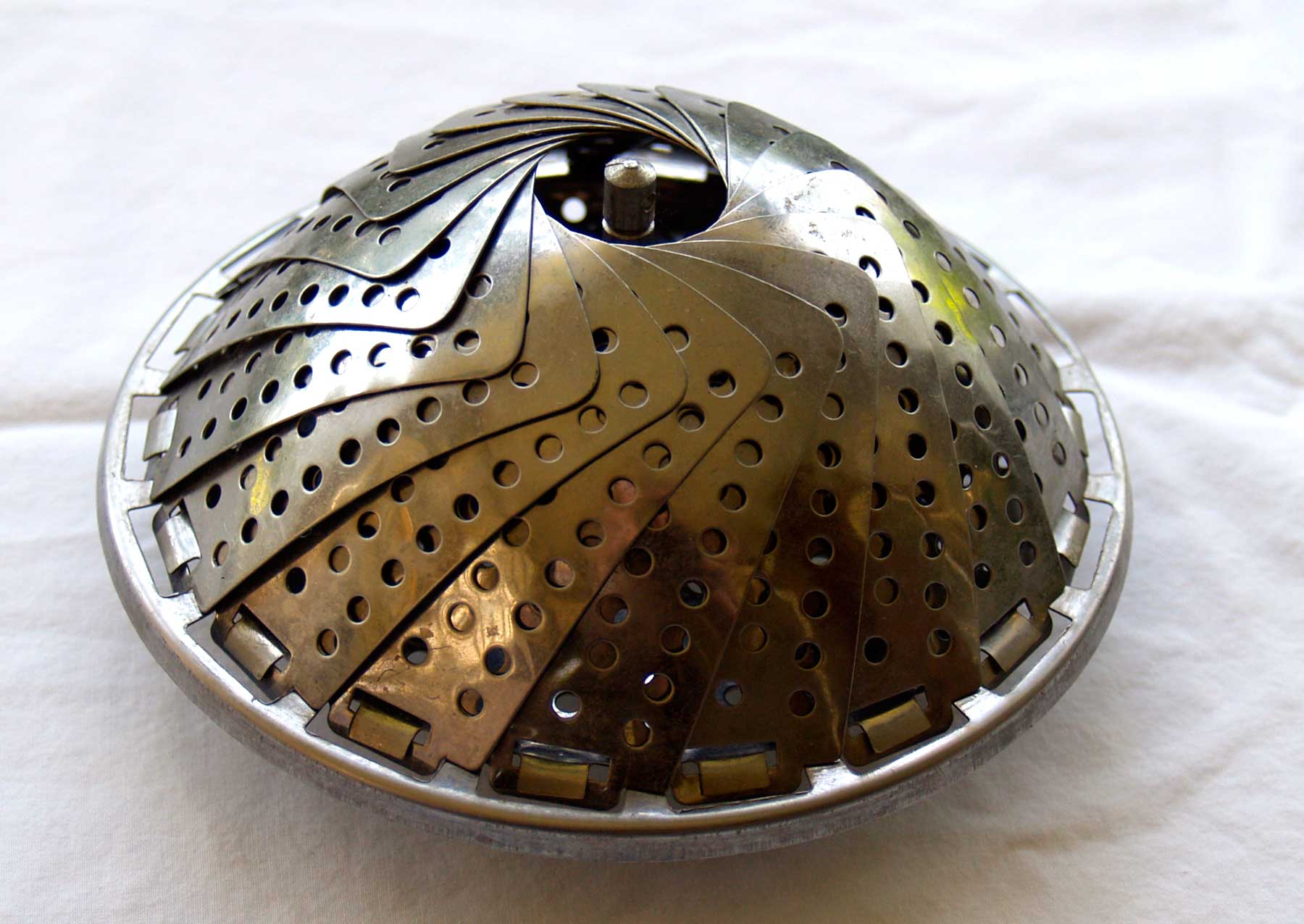
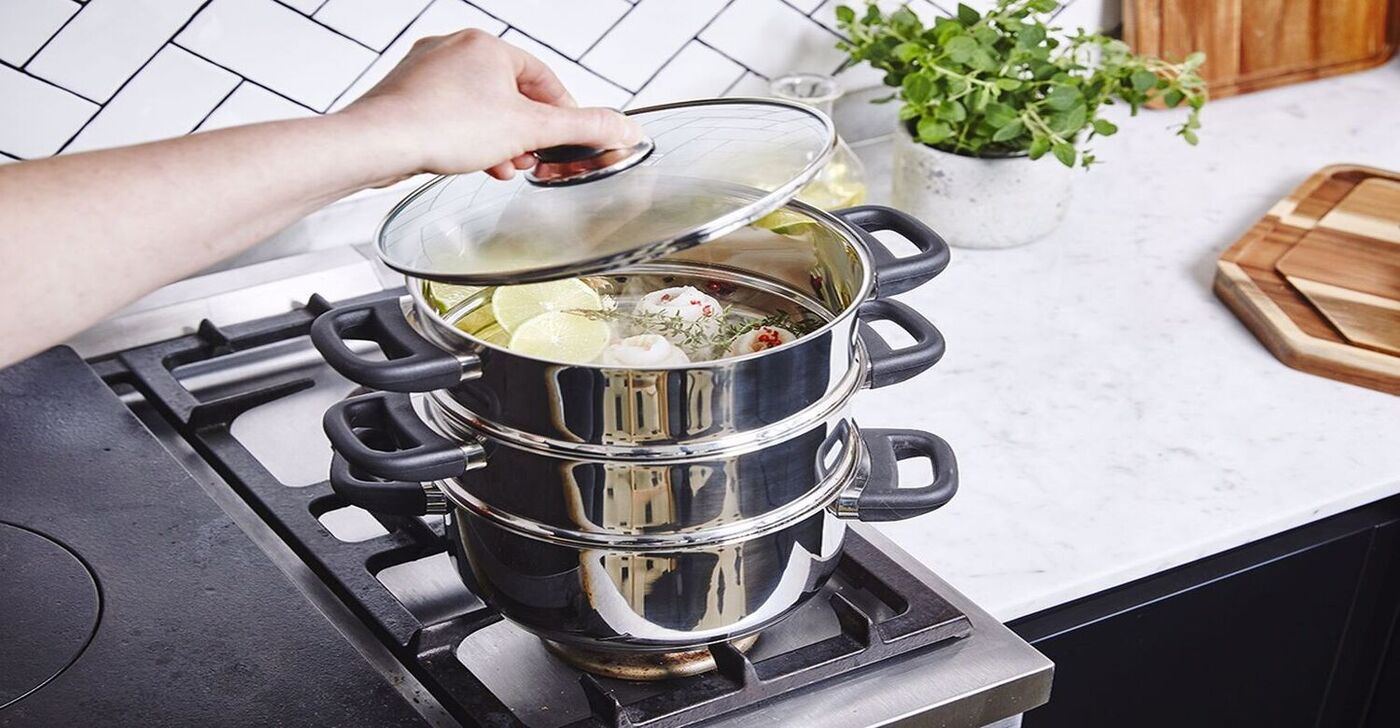
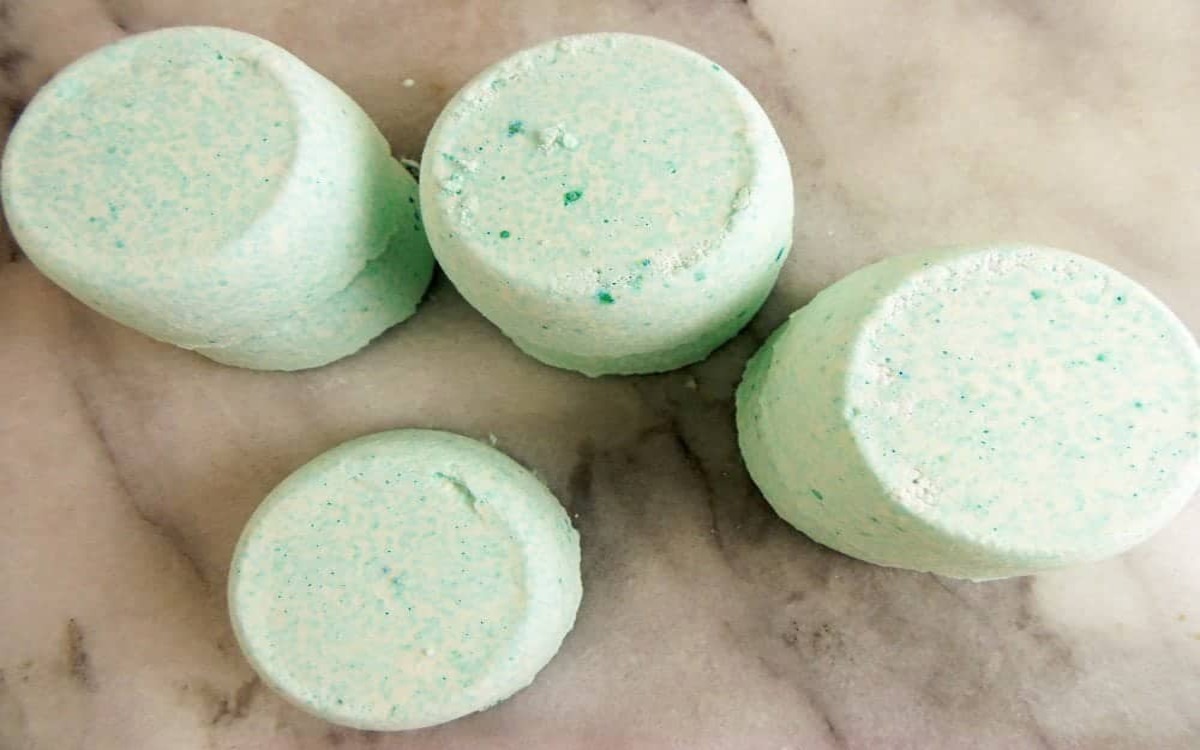
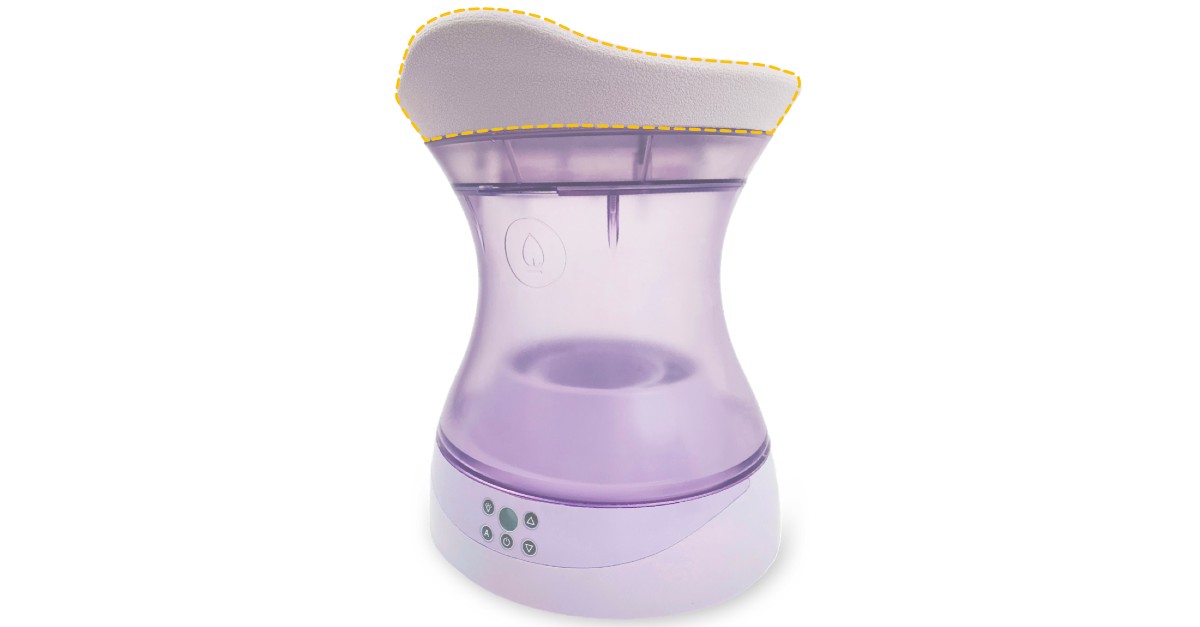

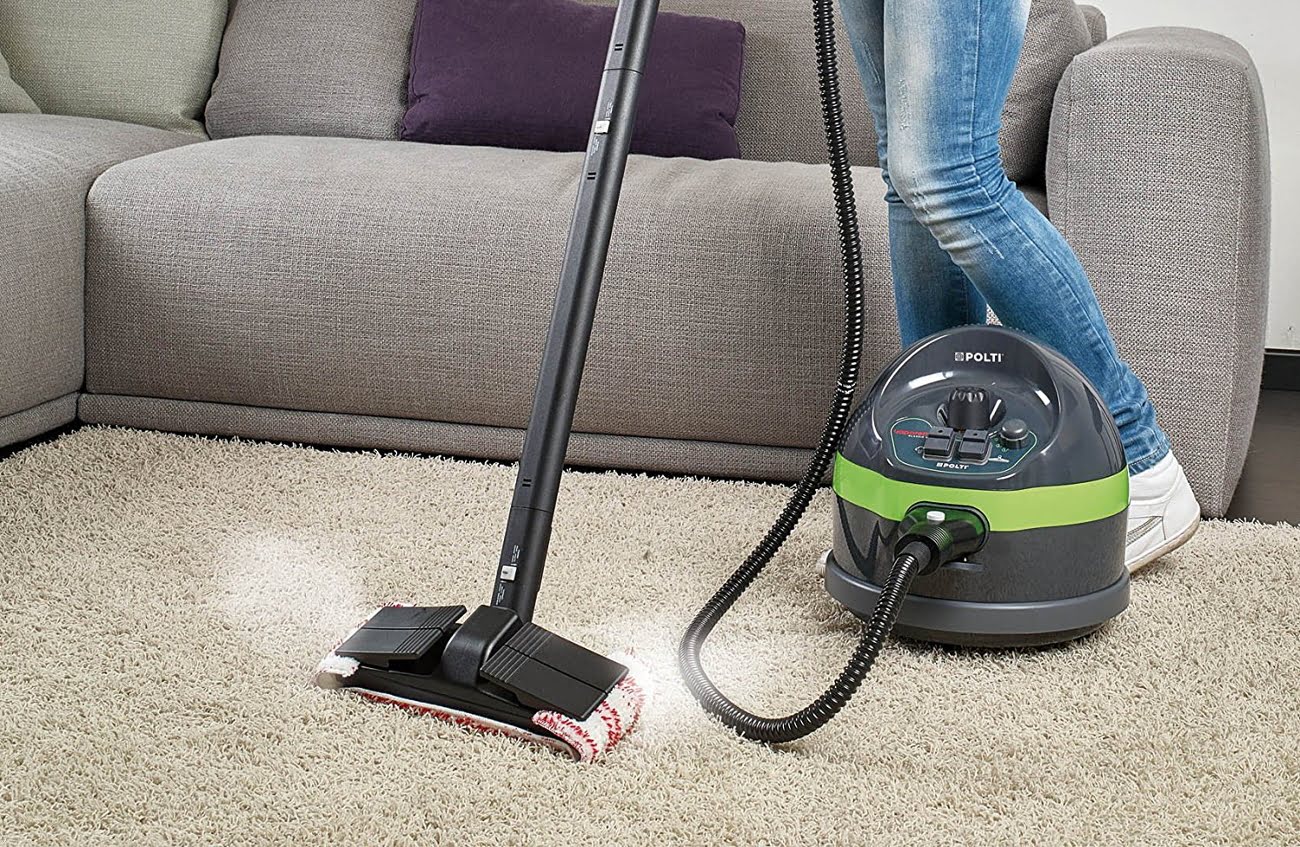
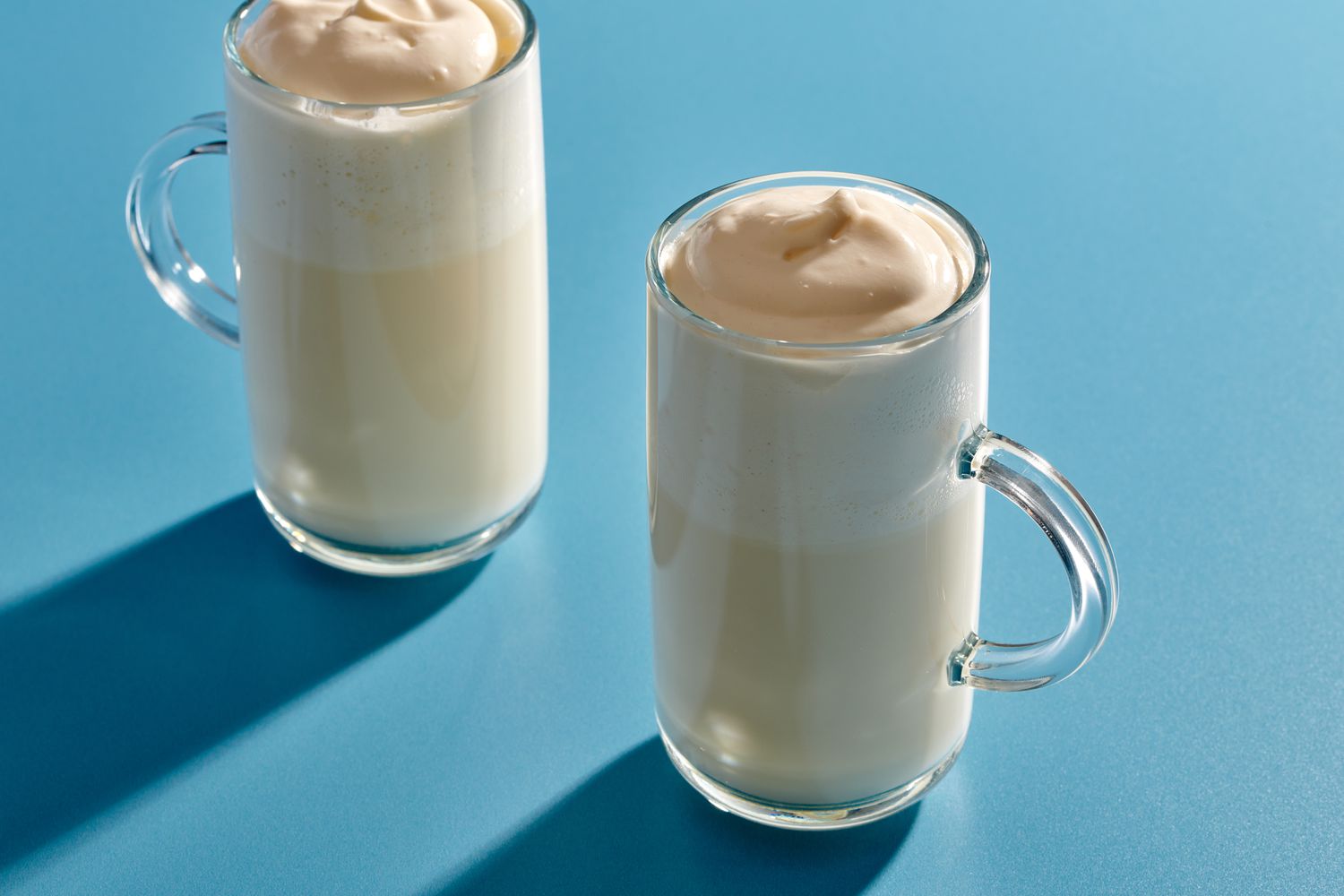
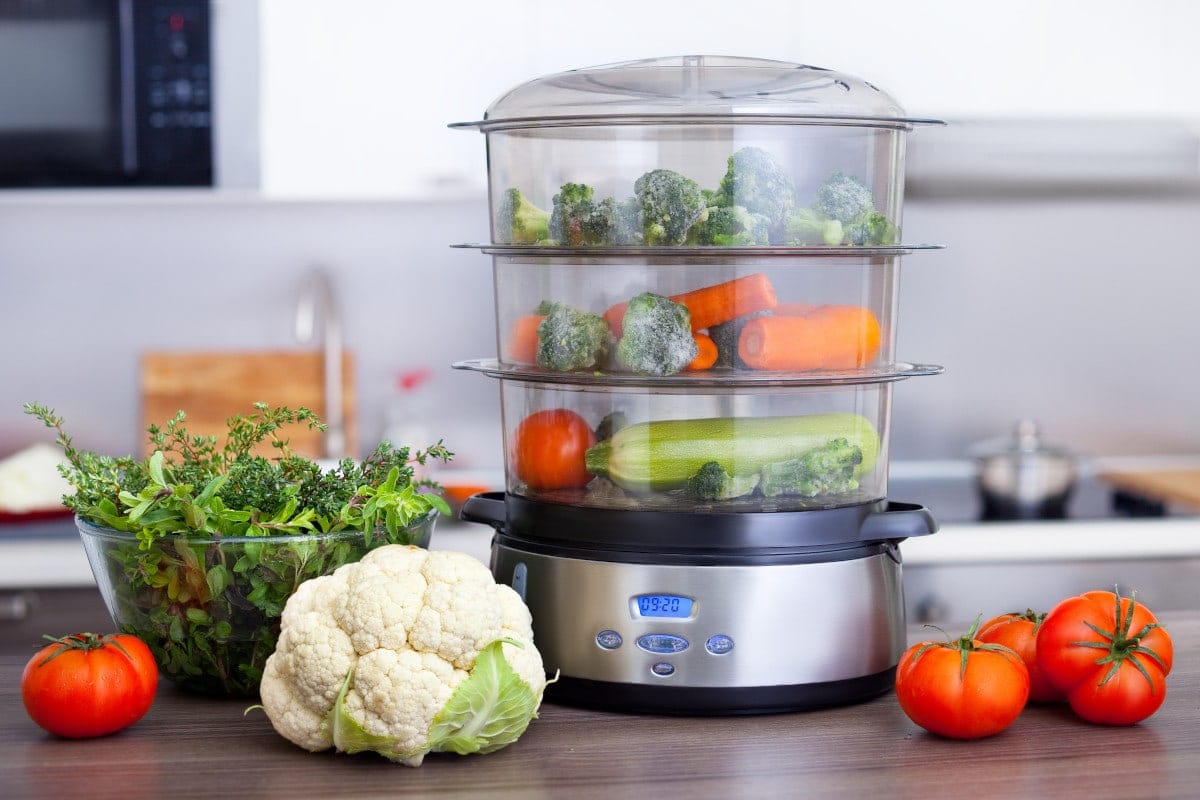
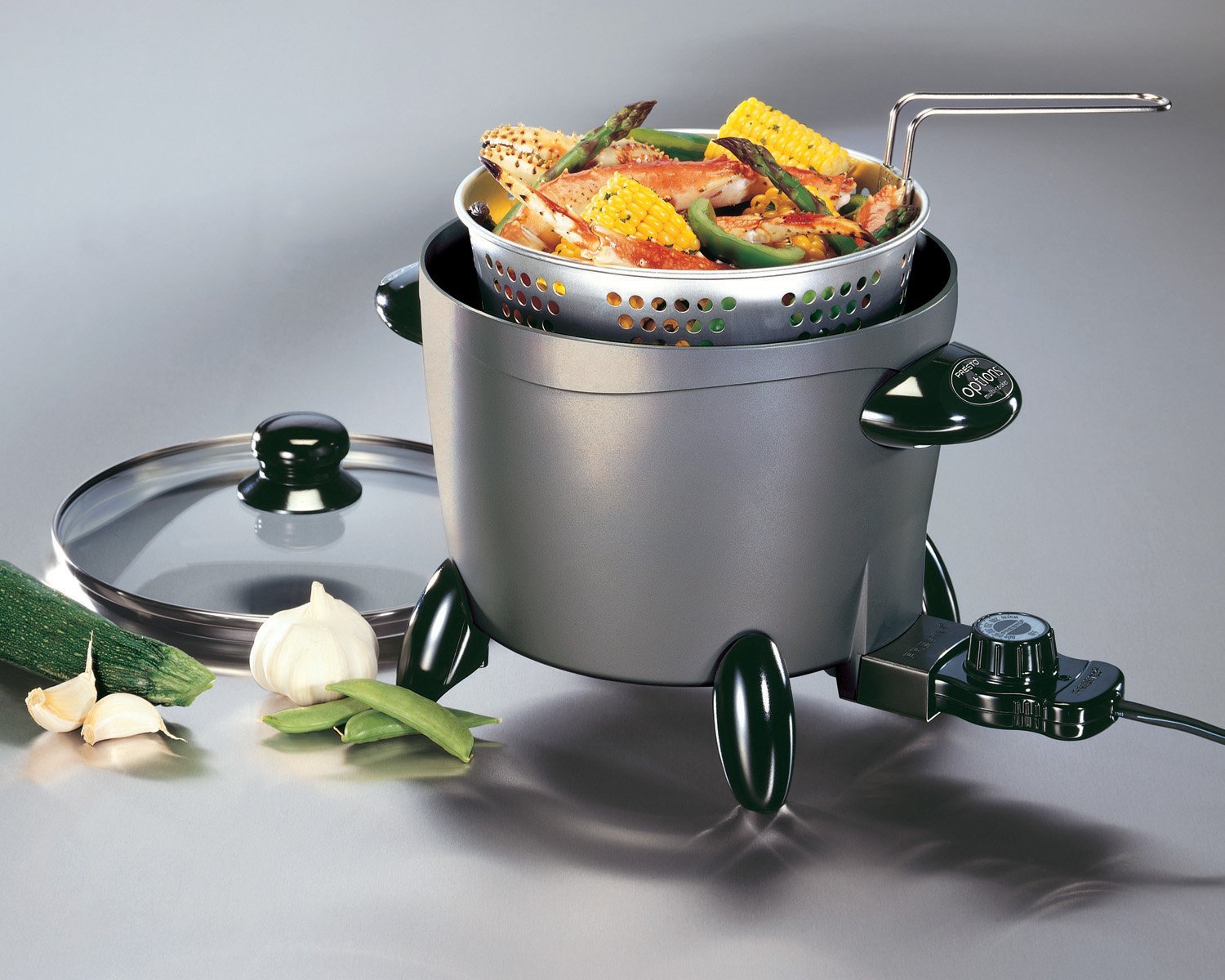
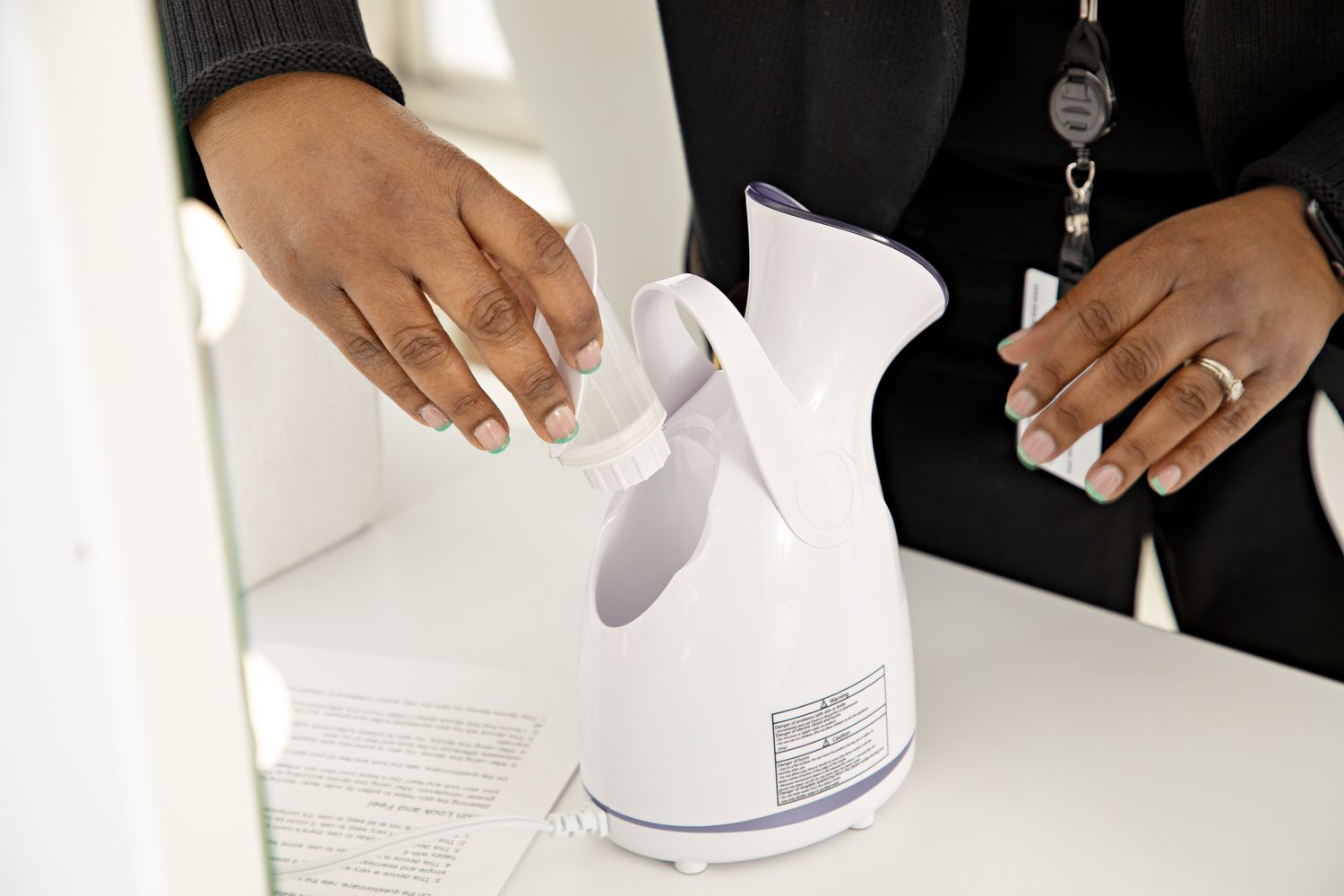
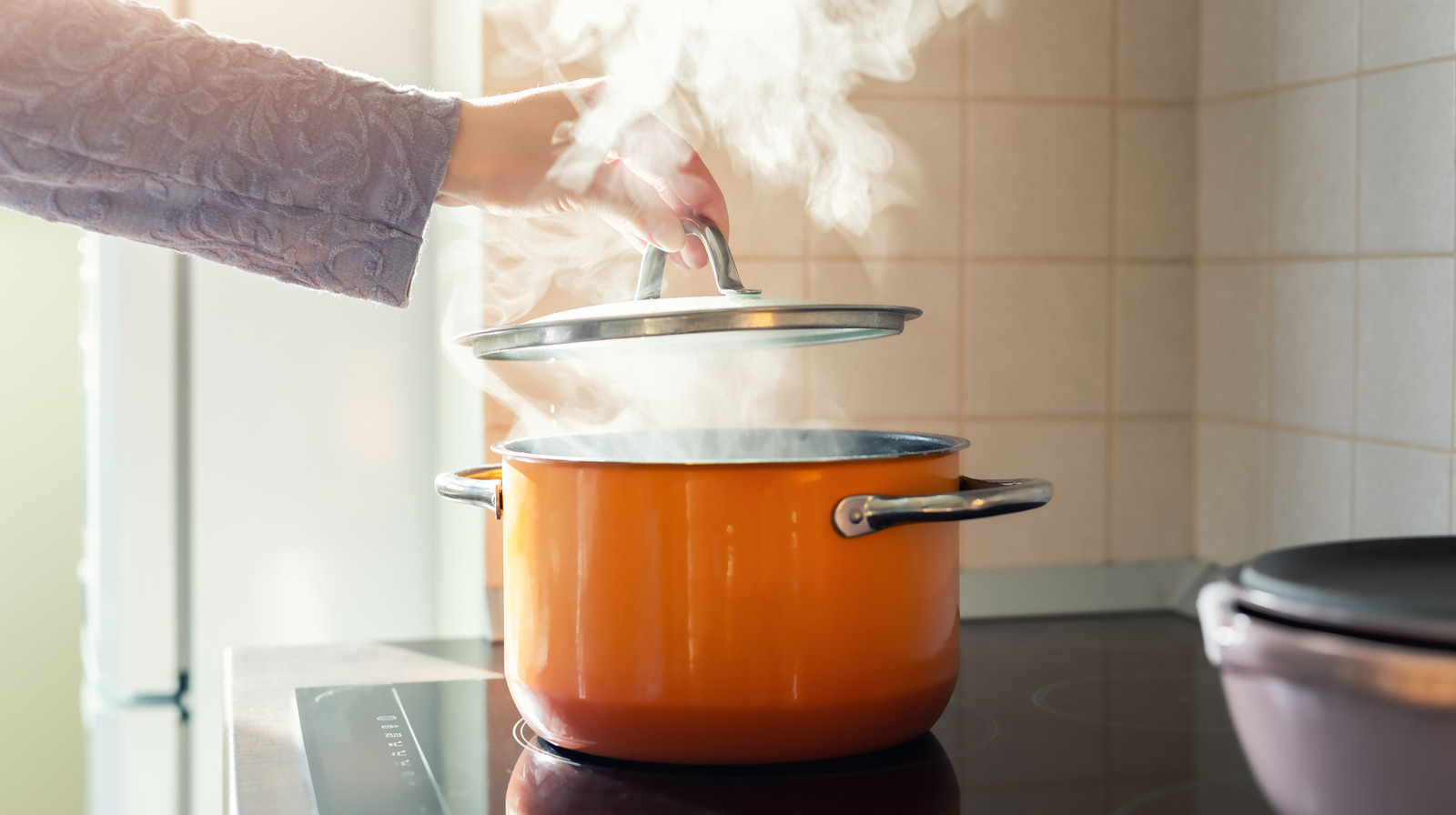
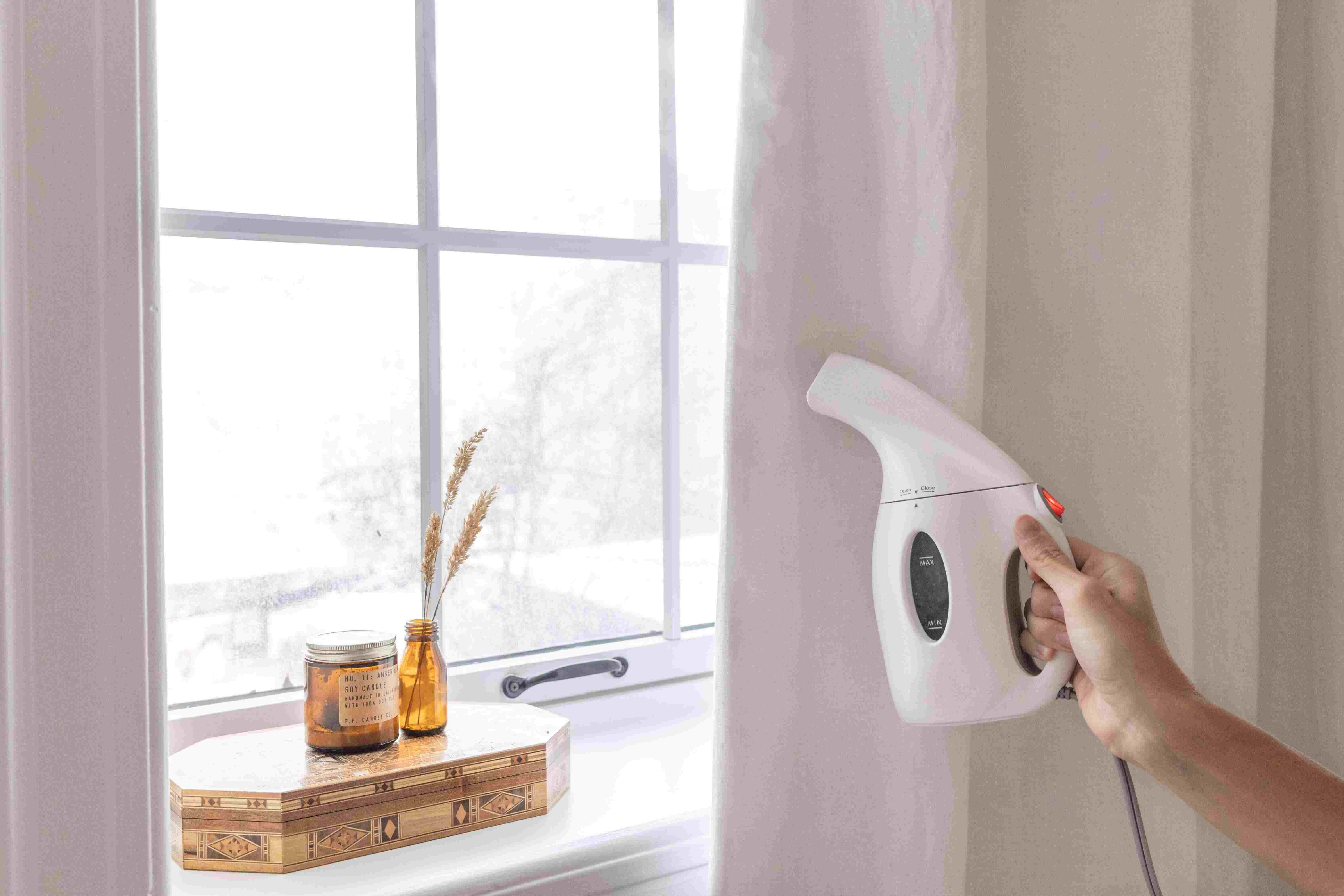
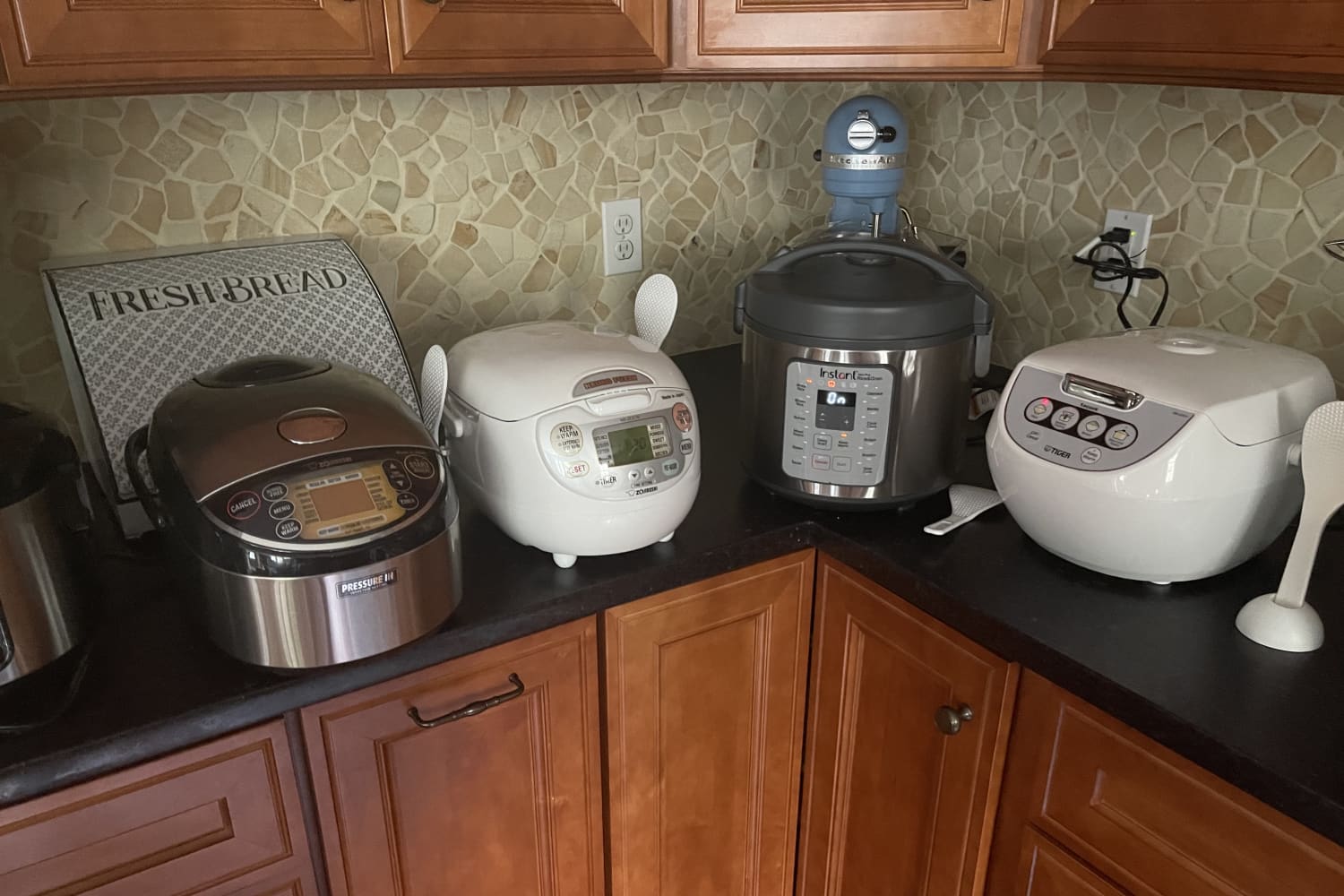
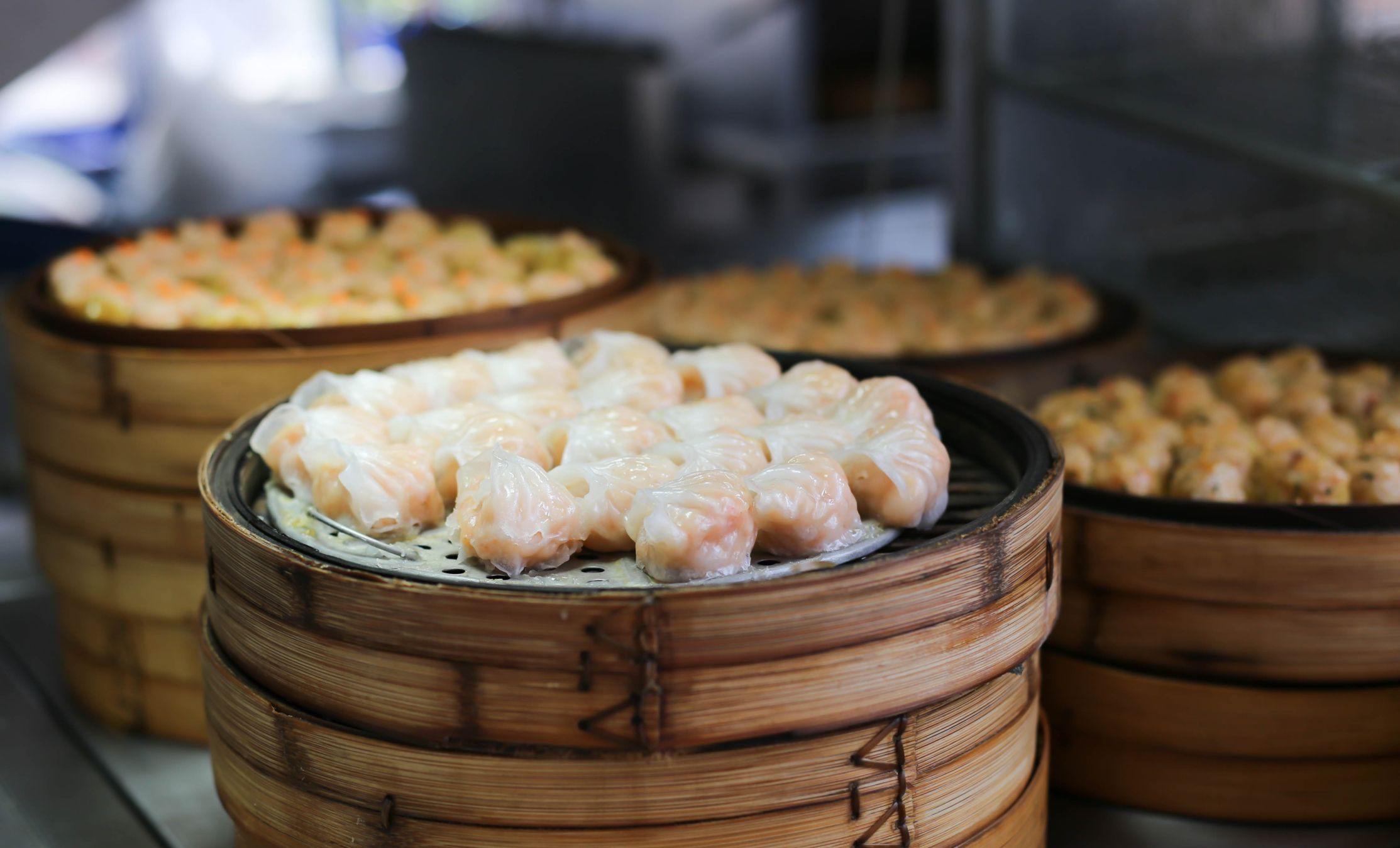

0 thoughts on “What Is A Food Steamer”